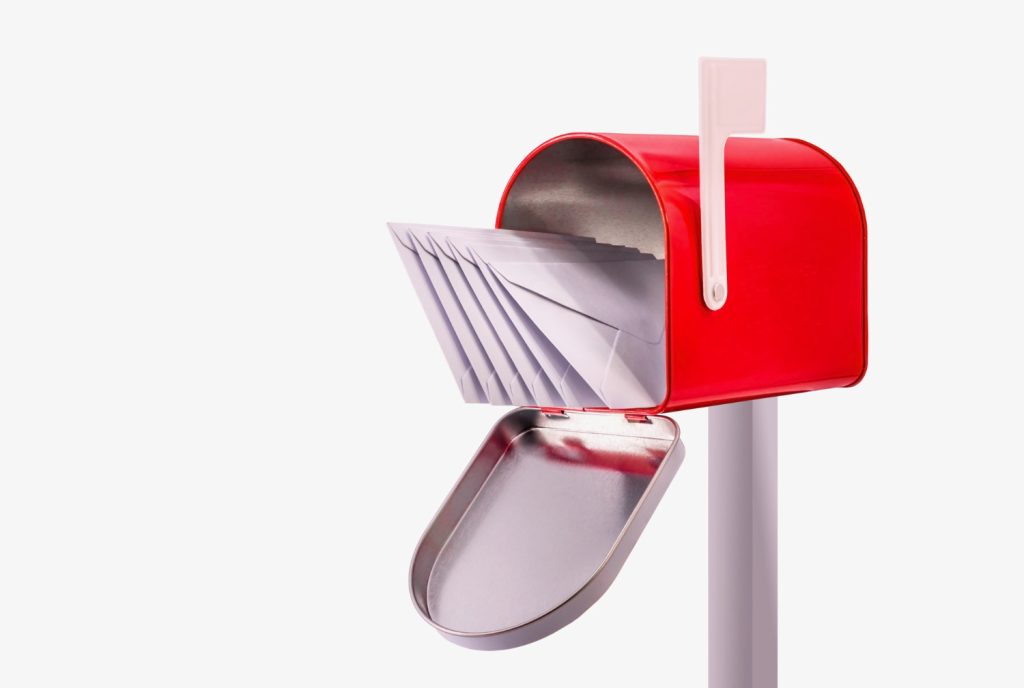
Why Direct Mail Still Matters In a Digital Era
With the relentless pace of digital marketing campaigns, a personal, tangible approach offers a welcome contrast. Direct mail maintains its relevance as people become more selective with their attention. Unlike emails lost in crowded inboxes or ads easily scrolled past, direct mail creates a physical connection between brand and recipient. Businesses seeking to boost engagement have rediscovered the effectiveness of solutions such as direct mail printing Clarks Summit, which provide professionally crafted mail pieces that stand out.
The continued success of direct mail is supported by research. According to the United States Postal Service, direct mail generates greater recall and engagement rates than many digital channels. Brands that invest in quality printing and thoughtful design give themselves an edge instead of competing only in oversaturated digital spaces.
Key Benefits of Direct Mail Campaigns
Companies invest in direct mail for its high open and response rates, often over 80%, surpassing email campaigns. It avoids digital clutter, landing directly in consumers’ hands, which demands attention. Printed materials are perceived as more credible, boosting trust and action. Direct mail is highly customizable, allowing targeting by geography, demographics, and personalized offers, leading to effective campaigns. Unlike digital methods, mail allows deeper segmentation, appealing even to younger audiences who value the novelty and personal touch of high-quality mail.
Crafting Effective Mail Pieces
A successful direct mail campaign begins with design: compelling headlines, clear and friendly copy, and engaging visuals like images and layouts attract attention. Personalization, such as using the recipient’s name or tailored offers, enhances response chances. Tactile elements like heavier paper, textures, or unusual formats offer a sensory experience digital ads can’t match. Details like foil stamping or embossing help differentiate, prompting recipients to reconsider before discarding. Timing mailings during low competition or key sales periods maximizes impact.
Modern Tactics for Targeting and Personalization
Advances in data science and digital printing technology have transformed direct mail, allowing marketers to target specific audiences based on customer data, purchase histories, and online behaviors. Variable data printing enables businesses to customize mailpieces by changing names, images, and messages according to recipient profiles, all without affecting production. A/B testing is also crucial for optimizing formats and creative elements before wider rollout.
Blending Online and Offline Marketing
Multichannel strategies are effective in maximizing touchpoints and reinforcing brand messaging. By adding QR codes to mailpieces, recipients can access landing pages, promo codes, or interactive features instantly. Timing direct mail drops with email or social media can further amplify results. Combining print and digital outreach can increase response rates by up to 45%, according to Forbes research. Consistency in branding and messaging is crucial, with mail pieces and digital ads echoing each other to build trust and familiarity.
Measuring Success and ROI
Direct mail performance can be accurately evaluated using dedicated URLs, unique coupon codes, and tracked phone numbers. Digital analytics provide a holistic view, ensuring every outreach tactic is measurable. Data-driven evaluation helps calculate cost per acquisition and true ROI, minimizing guesswork and revealing actionable insights for future campaigns. This supports budget allocation and helps marketers prove and improve the value of direct mail over time.
Adapting to Changing Consumer Behavior
Consumer expectations are changing rapidly, with younger generations receiving less physical mail. Creative approaches like interactive designs and augmented reality resonate with modern audiences. Regular list maintenance and segmentation help marketers deliver relevant messages, boost loyalty, and differentiate brands in a crowded marketplace. Incorporating sustainability, privacy, and transparency into direct mail campaigns can differentiate brands.
Future Outlook for Direct Mail
Direct mail’s future is shaped by continued innovation. NFC chips, VR integration, and hyper-personalization promise exciting campaign possibilities. Brands willing to test AI-driven mailing lists, experiment with creative formats, or integrate emerging tech will maintain a competitive edge. The most successful campaigns will blend tradition and innovation—leveraging the tactile strengths of direct mail with advanced targeting and digital integration.
Conclusion
As marketing channels splinter and attention spans shorten, direct mail delivers a distinctive, memorable touch. By combining the physical appeal of expertly crafted mail pieces with rigorous data and modern digital tools, brands are seeing powerful results. Investing wisely in direct mail printing, personalization, and integration with broader campaigns can drive engagement, trust, and ROI—demonstrating that print and pixels truly are stronger together.